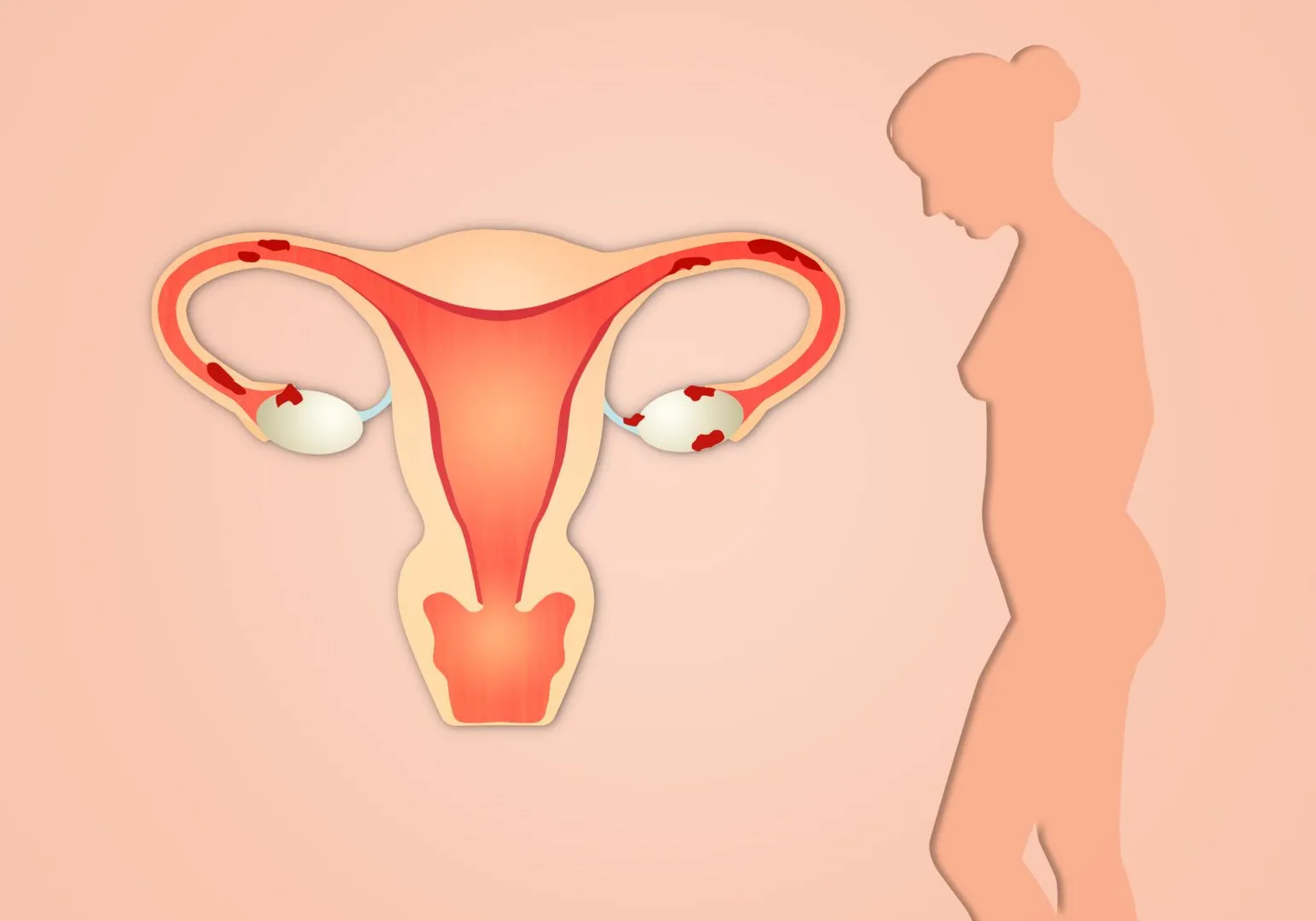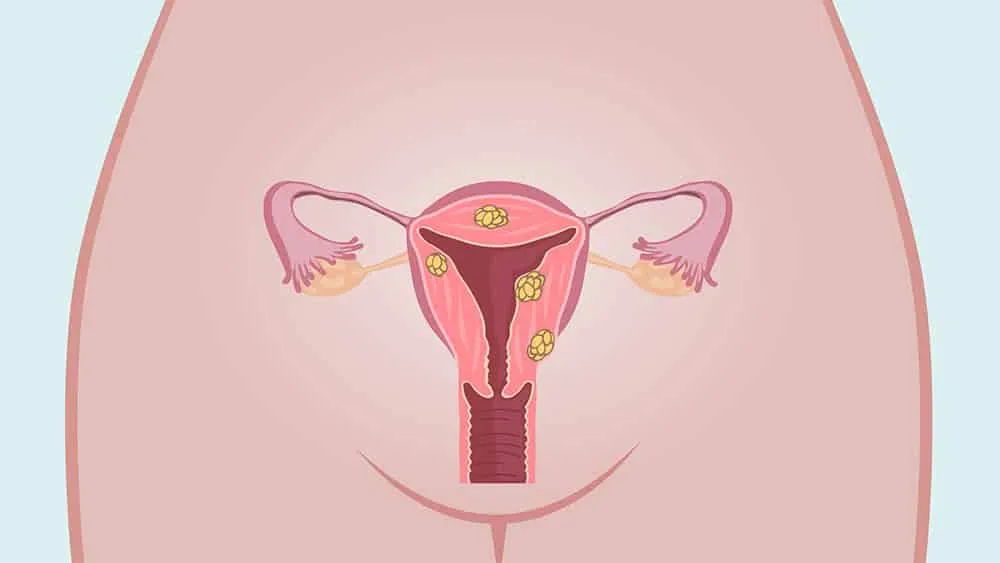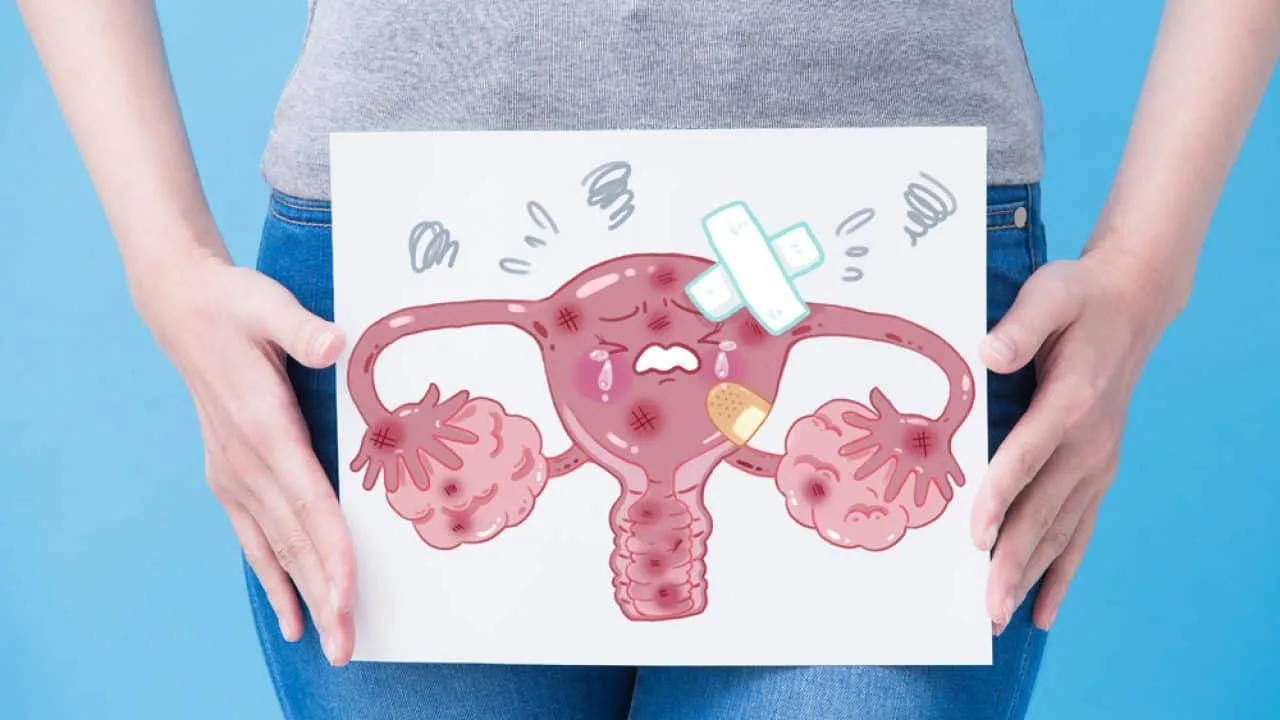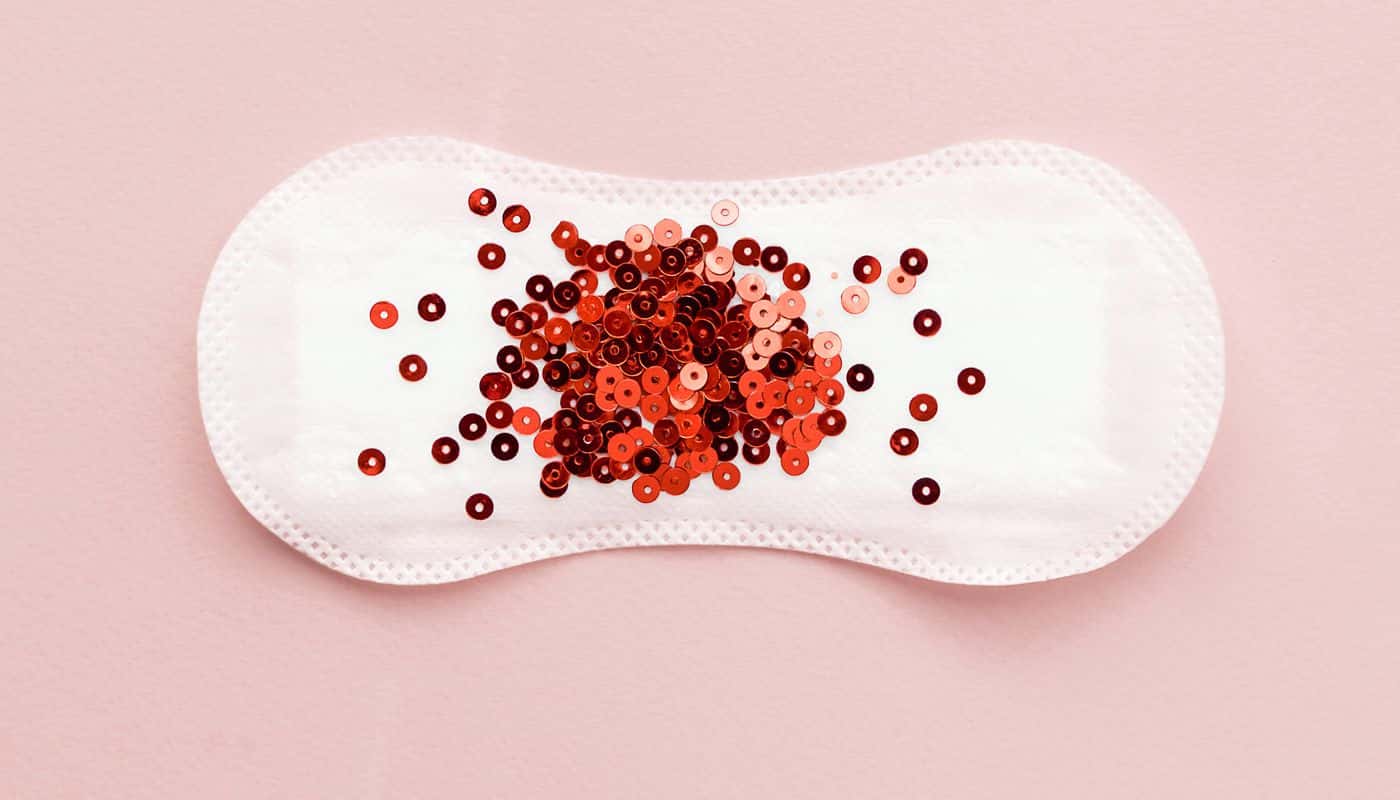Menstruation with clots can be a little scary, but it is more common than you might think. Despite this, you need to pay attention to the symptoms.
Menstruation is always a cause for concern for women, whether due to its presence or absence. In this way, menstruation can help identify possible women’s health problems. Therefore, any change, whether in the color of the bleeding, the texture or the flow, is always a cause for warning. Menstruation with clots is one of the main ones. After all, they are small pieces coming out along with menstrual blood.
However, menstruation with clots is one of the most common changes, and does not always represent a warning sign. Most of the time, menstruation with lumps is normal and occurs due to a hormonal imbalance in the woman, nothing serious. When this happens, the lining of the internal walls of the uterus may be responsible for increased bleeding and the formation of clots, which vary in size from 3 to 4 cm.
However, depending on the frequency, size of the clots and if the bleeding is accompanied by intense cramps, it may be necessary to further investigate the cause of the period with lumps. Although most of the time this is normal and does not require specific treatment, in some cases it can be caused by some diseases. Therefore, it is very important to consult a gynecologist to identify the cause and start treatment when necessary.
Menstruation with clots

The menstrual period is a time when the uterus is cleaned, which is prepared every month to receive pregnancy and needs to be renewed for the next cycle. So, these clots that come with menstruation are nothing more than pieces of the endometrium breaking apart when cleaning the uterus. Therefore, clots are a common characteristic of menstrual blood, and may come in lumps or a gelatinous consistency.
When menstruation comes with clots, those small pieces of blood, it does not necessarily represent a reason to worry. Because menstruation releases blood and tissue, so noticing small pieces and acorns, especially during heavier periods of menstruation, is completely normal.
However, it is important to observe a pattern of this occurrence, as well as the volume and size of these clots, and then carry out tests to fully investigate the cause. To then identify whether this is something normal in a woman’s flow or indicates a health problem.
Therefore, it is not that uncommon for menstruation to come with a few pieces of blood, most women have experienced this or probably will. Menstrual blood is the same, but with a small change, most often hormonal, which results in the release of these small clots. Therefore, menstruation can come in a darker color or even the so-called coffee grounds menstruation, which we have already talked about here.
Main causes of menstruation with clots

Among the main causes of menstruation with clots we can mention the following:
Hormonal imbalance
Most of the time, the cause of menstruation with clots is a hormonal imbalance. This occurs mainly when there is an increase in estrogen in the body, which can alter the coagulation of the endometrium. In the case of the endometrium rich in progesterone, it becomes firmer and more difficult to break down and thus menstruation tends to be more fluid and liquid. Unlike the endometrium with a lot of estrogen, which becomes more rigid and can therefore flake off, causing clots.
This is also very common in young women, at the beginning of the menstrual period, when hormones are still unregulated and the flow is not stabilized. As well as in the final phase of a woman’s fertile period. As menopause approaches, hormonal disorders may occur, which can cause blood clotting in the uterus.
Miscarriage
The presence of clots in menstrual blood can also be an indication of miscarriage in the first trimester of pregnancy, especially when the bleeding has a slightly yellowish or grayish color. If this is the case, the best way to confirm whether a miscarriage has occurred is to see a doctor for a blood test.
Endometriosis
Endometriosis is the growth of endometrial tissue outside the uterus. This can affect menstruation, causing increased blood flow, severe pain and the formation of clots. However, although endometriosis is more common among women in their 30s and 40s, it can occur at any age. Therefore, to identify whether the cause of menstruation with clots is actually endometriosis, you need to see a doctor to carry out tests and confirm the diagnosis.
Mioma

Myoma is a benign tumor that grows on the inner wall of the uterus, the main symptoms of which are pain in the uterus, heavy menstruation with clots and bleeding outside the menstrual period. Just like any other disease, you need to see a doctor to take tests and confirm the presence of myoma.
Iron deficiency anemia
Iron deficiency anemia is caused by a lack of iron in the body, which can alter blood clotting and be the cause of menstruation with clots. To confirm anemia, you need to do a blood test.
Other diseases that affect the endometrium
As we have seen so far, menstrual clots are caused by changes in the endometrium. Therefore, any change or disease that affects you may be related to menstruation with clots. An example of this is endometrial hyperplasia, which consists of excessive growth of the endometrium or polyposis, which is the formation of polyps in the endometrium.
Vitamin and mineral deficiency
Just like iron, a lack of other vitamins and minerals that regulate clot formation can be the cause of lumpy menstruation. An example of this is a deficiency of vitamin C and K in the body. Therefore, it is important to investigate which vitamin is missing and compensate for this through a diet rich in this vitamin.
Gynecological exams can cause lumpy periods
That’s right, one of the causes of menstruation with clots is carrying out some more incisive gynecological exams. But in these cases, menstruation returns to normal within two or three days. Therefore, if you continue to have heavy periods in the next cycle, it is recommended to see your gynecologist again.
Treatments for the causes of menstruation with clots

Generally, menstruation with clots does not require treatment, as it is considered a common event. However, if a problem such as those listed above is found, it is necessary to seek treatment, which will directly depend on the cause.
That’s why it’s very important to pay attention to menstruation, and keep an eye on the size of the clots, menstrual flow and color. Therefore, if this is recurrent and out of the normal range, the ideal is to see a gynecologist immediately. Because only from this it is possible to make a diagnosis and begin treatment.
For example, in the case of endometriosis, treatment can be done through medication, hormones or surgery. If the cause is a fibroid, treatment will depend on the severity of the tumor, but it can be done with medication or surgery to remove it.
Now, if there is a deficiency of iron or another vitamin, the treatment is simpler and consists of iron supplementation guided by a doctor. However, if the cause is endometrial hyperplasia, treatment can be done by curettage of the endometrial tissue or the use of progesterone.
Anyway, what did you think of this article? In fact, take the opportunity to also check out Clear and watery menstruation, what could it mean?
Sources: Extra Clue Your Health Changing Diapers
Images: Vix M de Mulher Bed Med Women’s Health Brasil Drauzio

Sign up for our newsletter and stay up to date with exclusive news
that can transform your routine!
Warning: Undefined array key "title" in /home/storelat/public_html/wp-content/plugins/link-whisper-premium/templates/frontend/related-posts.php on line 12
Warning: Undefined array key "title_tag" in /home/storelat/public_html/wp-content/plugins/link-whisper-premium/templates/frontend/related-posts.php on line 13




